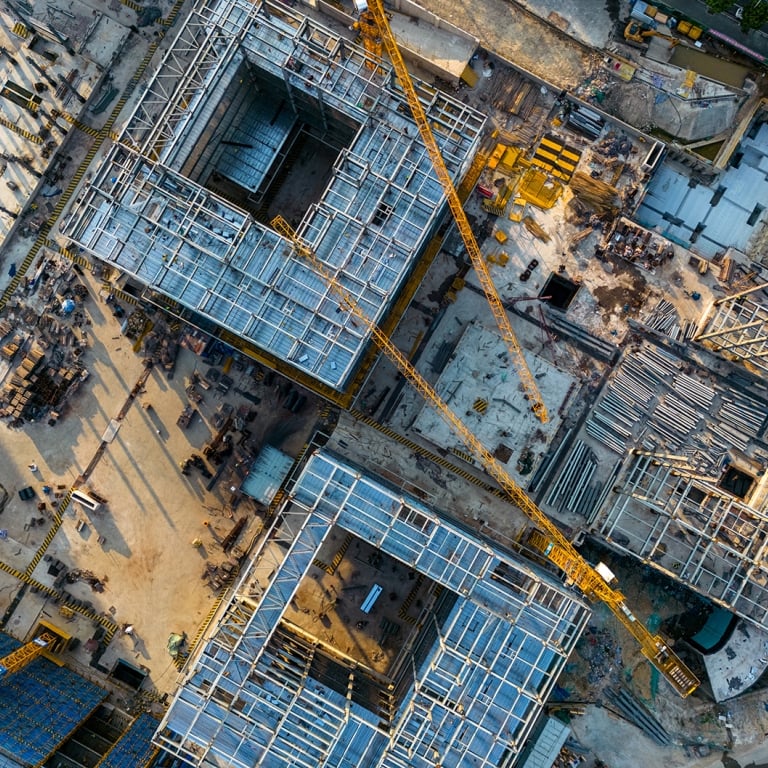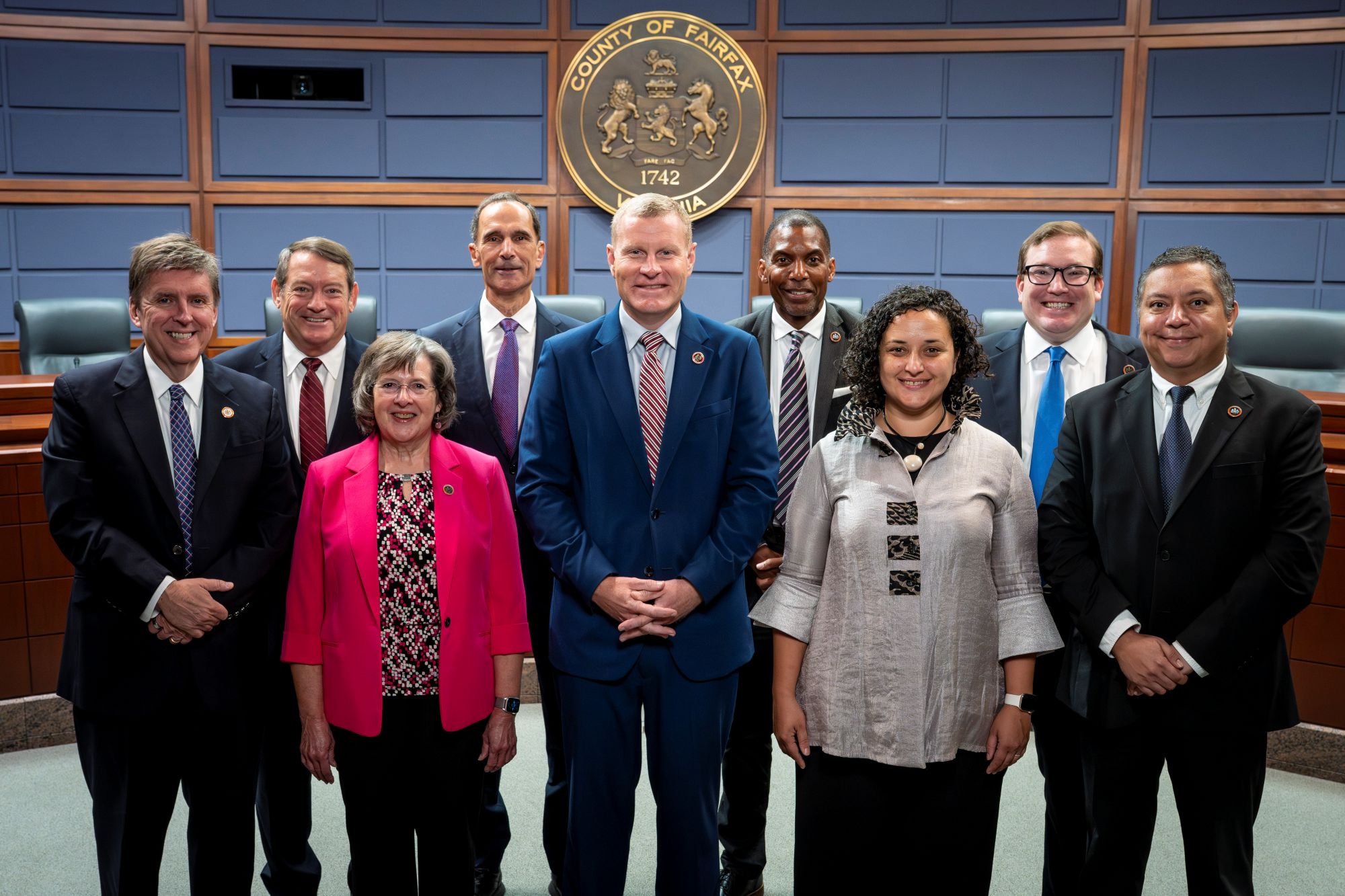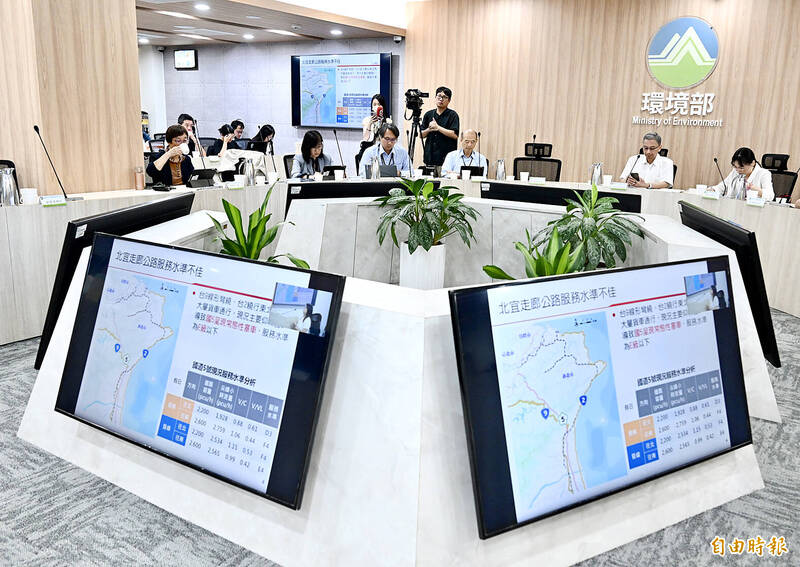

NYCEDC Releases Circular Design & Construction Guidelines, an Operational Guide to Reduce Embodied Carbon in NYC’s Built Environment
Seven Project and Development Teams Selected to Participate in New York City’s First-Ever Mass Timber Studio Program
NEW YORK, NY—New York City Economic Development Corporation (NYCEDC) today announced the advancement of two key commitments featured in New York City’s Green Economy Action Plan that seek to revolutionize a green path forward for cleaner construction and low carbon buildings with the launch of the Clean and Circular: Design and Construction Guidelines and the selection of the first design and development teams of the NYC Mass Timber Studio.
The Clean and Circular: Design and Construction Guidelines are key to New York City’s decarbonization efforts. They offer an operational guide to reduce waste and embodied carbon in the city’s built environment. The guidelines aim to achieve the Sustainable Development Goals (SDGs) by promoting sustainable construction practices.
The NYCEDC has also awarded seven design and development teams to participate in the NYC Mass Timber Studio program. This program, announced in September 2023, is designed to support active mass timber development projects in the early phases of project planning and design. Mass timber is a natural, renewable, and sustainable material with a lower carbon footprint than traditional building materials like concrete and steel.
Green Economy Action Plan
Last week, Mayor Adams, NYCEDC, and the Mayor’s Office of Talent and Workforce Development (NYCTalent) announced the release of the Green Economy Action Plan. The Action Plan lays out a series of commitments and strategies that will bolster economic growth, create thousands of jobs, encourage public-private partnerships, and train and position New Yorkers, particularly those from environmentally disadvantaged communities, to benefit from the nearly 400,000 projected green collar jobs in New York City by 2040.
“Today’s exciting announcement is another example of the Adams administration advancing the Green Economy and showcasing the power of new business models that create green collar jobs and propel the city’s climate agenda. Additionally, both the NYC Mass Timber Studio and Circular Design & Construction Guidelines focus on reducing carbon emissions in construction and the city’s building stock, areas of progress that are fundamental to creating a more resilient New York,” said Deputy Mayor for Housing, Economic Development, and Workforce Maria Torres-Springer.
“If we want to decarbonize our built environment and lower our carbon emissions, it is critical we prioritize the scaling of the clean construction industry,” said NYCEDC President & CEO Andrew Kimball. “That is why NYCEDC is taking bold action with the advancement of two key commitments in the Green Economy Action Plan with the launch of Circular Design & Construction Guidelines and the NYC Mass Timber Studio – both critical in advancing a built environment that will result in a much lower carbon footprint for one of highest polluting sectors in New York City.”
“These groundbreaking initiatives will not only revolutionize construction practices but signify a pivotal step in New York City’s path to decarbonization,” said Council Member James F. Gennaro, Chair of the New York City Council’s Committee on Environmental Protection, Resiliency & Waterfronts. “The Circular Design & Construction Guidelines provide an essential roadmap for reducing our waste and decreasing our carbon footprint. I applaud EDC for spearheading this transformative initiative and for setting an important example for cities across the globe.”
“The NYC Mass Timber Studio and the Circular Design & Construction Guidelines result from goals in PlaNYC: Getting Sustainability Done and demonstrate the Adams administration’s commitment to constructing sustainable buildings in disadvantaged communities. Both the Mass Timber Studio and the Circular Design & Construction Guidelines will spur innovation and help New York City continue to lead by example with our own projects and buildings. We’re excited to learn more about mass timber as a sustainable material and see how the Guidelines will help to reduce New York City’s embodied carbon footprint,” said Mayor’s Office of Climate & Environmental Justice Executive Director Elijah Hutchinson.
“As we embark on a journey toward a more sustainable future for our city, the advancement of the NYC Mass Timber Studio marks a significant milestone in our commitment to sustainable construction practices. NYCEDC is not only helping reduce our carbon footprint but also paving the way for a more resilient and vibrant built environment,” said Department of Buildings Commissioner Jimmy Oddo. “Our Department is eagerly looking forward to engaging with the seven design teams and helping guide them through new mass timber code provisions in the NYC Building Code as they commence with their sustainability projects.”
“NYC Talent is excited to work with EDC and industry pioneers who are greening the construction industry to tap the talent they need for success and to grow,” said The Mayor’s Office of Talent and Workforce Development Executive Director Abby Jo Sigal. “Talent is our City’s most important asset and positioning New Yorkers for green collared jobs as outlined in our recently released Green Economy Action Plan will fortify NYC and its economy for the future.”
“The NYS Office of General Services (OGS) is thrilled to see our government partners promoting clean construction through their new guidelines for capital projects,” said OGS Commissioner Jeanette Moy. “NYCEDC’s strategies will drive the use of low-embodied carbon materials and contribute to the reduction of greenhouse gas emissions in construction. Combined with Governor Hochul’s embodied carbon and Buy Clean Concrete guidance for state agencies, New York City’s guidelines demonstrate New York State’s commitment to greening our building sector.”
“We’re thrilled that NYCEDC has taken a major step in promoting sustainable circularity and reducing the embodied carbon of the city’s buildings and infrastructure,” said Josh DeFlorio, the Port Authority of New York and New Jersey’s Chief of Resilience and Sustainability. “Since introducing our Clean Construction program in 2020, the Port Authority of New York and New Jersey has helped lead the way toward a more sustainable built environment, for example by adopting one of the nation’s lowest carbon limits on concrete in the construction of
SDGs, Targets, and Indicators
1. Which SDGs are addressed or connected to the issues highlighted in the article?
- SDG 7: Affordable and Clean Energy
- SDG 9: Industry, Innovation, and Infrastructure
- SDG 11: Sustainable Cities and Communities
- SDG 12: Responsible Consumption and Production
- SDG 13: Climate Action
- SDG 17: Partnerships for the Goals
2. What specific targets under those SDGs can be identified based on the article’s content?
- Target 7.2: Increase substantially the share of renewable energy in the global energy mix.
- Target 9.4: Upgrade infrastructure and retrofit industries to make them sustainable, with increased resource-use efficiency and greater adoption of clean and environmentally sound technologies and industrial processes.
- Target 11.3: Enhance inclusive and sustainable urbanization and capacity for participatory, integrated, and sustainable human settlement planning and management.
- Target 12.5: By 2030, substantially reduce waste generation through prevention, reduction, recycling, and reuse.
- Target 13.2: Integrate climate change measures into national policies, strategies, and planning.
- Target 17.16: Enhance the global partnership for sustainable development, complemented by multi-stakeholder partnerships that mobilize and share knowledge, expertise, technology, and financial resources.
3. Are there any indicators mentioned or implied in the article that can be used to measure progress towards the identified targets?
- Indicator 7.2.1: Renewable energy share in the total final energy consumption.
- Indicator 9.4.1: CO2 emission per unit of value added.
- Indicator 11.3.1: Ratio of land consumption rate to population growth rate.
- Indicator 12.5.1: National recycling rate, tons of material recycled.
- Indicator 13.2.1: Number of countries that have communicated the establishment or operationalization of an integrated policy/strategy/plan that addresses climate change adaptation and mitigation.
- Indicator 17.16.1: Number of countries reporting progress in multi-stakeholder development effectiveness monitoring frameworks that support the achievement of the sustainable development goals.
Table: SDGs, Targets, and Indicators
| SDGs | Targets | Indicators |
|---|---|---|
| SDG 7: Affordable and Clean Energy | Target 7.2: Increase substantially the share of renewable energy in the global energy mix. | Indicator 7.2.1: Renewable energy share in the total final energy consumption. |
| SDG 9: Industry, Innovation, and Infrastructure | Target 9.4: Upgrade infrastructure and retrofit industries to make them sustainable, with increased resource-use efficiency and greater adoption of clean and environmentally sound technologies and industrial processes. | Indicator 9.4.1: CO2 emission per unit of value added. |
| SDG 11: Sustainable Cities and Communities | Target 11.3: Enhance inclusive and sustainable urbanization and capacity for participatory, integrated, and sustainable human settlement planning and management. | Indicator 11.3.1: Ratio of land consumption rate to population growth rate. |
| SDG 12: Responsible Consumption and Production | Target 12.5: By 2030, substantially reduce waste generation through prevention, reduction, recycling, and reuse. | Indicator 12.5.1: National recycling rate, tons of material recycled. |
| SDG 13: Climate Action | Target 13.2: Integrate climate change measures into national policies, strategies, and planning. | Indicator 13.2.1: Number of countries that have communicated the establishment or operationalization of an integrated policy/strategy/plan that addresses climate change adaptation and mitigation. |
| SDG 17: Partnerships for the Goals | Target 17.16: Enhance the global partnership for sustainable development, complemented by multi-stakeholder partnerships that mobilize and share knowledge, expertise, technology, and financial resources. | Indicator 17.16.1: Number of countries reporting progress in multi-stakeholder development effectiveness monitoring frameworks that support the achievement of the sustainable development goals. |
Behold! This splendid article springs forth from the wellspring of knowledge, shaped by a wondrous proprietary AI technology that delved into a vast ocean of data, illuminating the path towards the Sustainable Development Goals. Remember that all rights are reserved by SDG Investors LLC, empowering us to champion progress together.
Source: edc.nyc

Join us, as fellow seekers of change, on a transformative journey at https://sdgtalks.ai/welcome, where you can become a member and actively contribute to shaping a brighter future.





